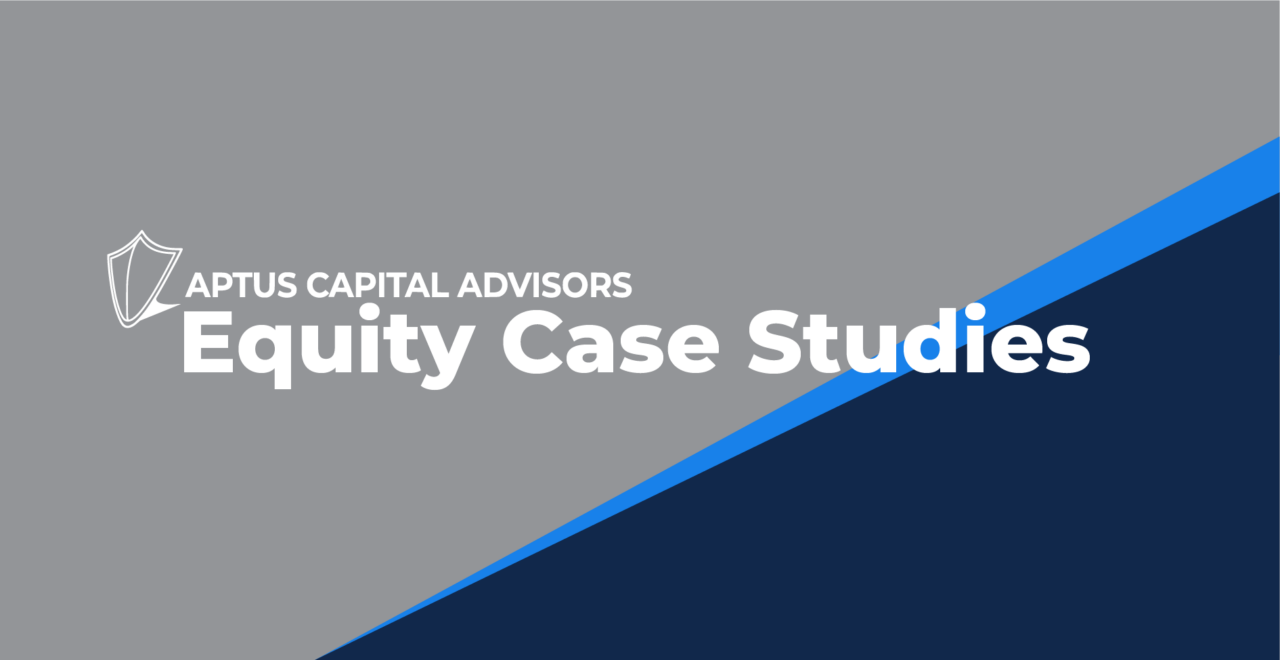The mathematics of compounding: big losses are essentially ALL that matter to your rate of compounding, not the small losses—and not even the big or small gains. The big losses literally destroy your geometric returns and, equivalently, your wealth, through what I have called the “volatility tax.” For risk mitigation to be effective, it therefore must focus primarily on mitigating those big, rare losses (the tails). Mark Spitznagel
This is the first of two pieces on some interesting shakeouts we’ve seen the past couple months in the fixed income space. Part One will discuss funds that faced serious difficulties back in March and some insight on why large drawdowns are devastating to achieving long term success. Part Two (to follow soon) will cover the current state of the agency mortgage market, specifically regarding the uptick in prepay speeds and our opinions of implications from the coronavirus on the housing market and mortgage investing.
Markets came into February with some of the tightest spreads for risky assets they’d ever seen. The major repercussion of record low interest rates is that investors are forced to loosen their credit criteria to generate acceptable income and return. As interest rates fell and credit spreads tightened, investors enjoyed appreciating bond prices and very low volatility. As implications from the coronavirus pushed the stock market to one of the deepest and quickest selloffs in history, risky assets quickly repriced as buyers vanished. This escalated into a near total freeze in the credit markets and caused a series of implications.
How leveraged/ credit funds blow up:
Funds invest in Illiquid Assets -> Add Leverage to Increase Yield -> Market drops/ volatility spikes -> Assets pledged as collateral for margin loans suddenly lose value on top of panicking investors sell their shares at any price -> Cash is needed to fund redemptions/ margin calls -> Fund forced to sell for substantially depressed values -> Happy hedge fund buyers pick up assets for pennies on the dollar.
Funds that fell victim to the Corona crash had some similarities…strong returns and low volatility but complex and illiquid underlying holdings. One actually sported a 5-star Morningstar rating right up until its crash (now a 1-star fund). Most invested in some of the most illiquid credit products: non- agency grade mortgages, student loans, mezzanine grade asset backed securities, credit card receivables, etc. On a good day, these products trade at a wide bid/ ask as it is… in a frozen market (remember the investment grade bond fund LQD was down 20% at one time) there were no buyers.
So the big question is why didn’t these funds get the same type of support we saw in other fixed income sectors? Although the Fed shot a bazooka at the market from a liquidity perspective, the actions weren’t as meaningful in the lowest quality credit products. The Fed’s activities were designed to lubricate a sputtering economic engine and protect the largest portions of the economy and credit markets… government debt, corporate debt and the housing market. Unfortunately for the riskiest investments, the moral hazard of a bailout thus far has been too high.
For example, the cash flows owned by investors in student loan backed securities have temporarily ceased… the same with collateral tied to machinery, commercial properties, etc. Remember most of the assets packaged into these types of securities have high interest rate due to the quality of borrower or business… their rainy-day fund was small or negligible to begin with. As uncertainties crept into these businesses and the likelihood of being able to make future P&I payments quickly decreased, the required return investors needed shot up drastically. We also believe the narrower audience of potential buyers further exacerbated the lack of liquidity.
In managing portfolios, we have emphasized the importance of avoiding large drawdowns. In the case above, the damage is likely irreversible. Both funds were both down >45% in a matter of days; the time/ returns necessary to make up those size losses are very high and remember, these aren’t equity funds that have actual growth potential. This brings us to the closing point… the volatility tax associated with large drawdowns and how devastating it is on long term investing success.
Risk of losing your money (drawdown risk) strikes quickly and without warning. It can be hard to swallow and should be avoided because of the math:

Turning expected returns into actual compounded returns starts with lowering exposure to large drawdowns. While low interest rates have encouraged some to trade Treasuries for more exotic credits, it’s important to understand what’s in a portfolio and what risks it may introduce. Especially if its role is to provide a buffer to stock market volatility.
Disclosures
Past performance is not indicative of future results. This material is not financial advice or an offer to sell any product. The information contained herein should not be considered a recommendation to purchase or sell any particular security. Forward looking statements cannot be guaranteed.
This commentary offers generalized research, not personalized investment advice. It is for informational purposes only and does not constitute a complete description of our investment services or performance. Nothing in this commentary should be interpreted to state or imply that past results are an indication of future investment returns. All investments involve risk and unless otherwise stated, are not guaranteed. Be sure to consult with an investment and tax professional before implementing any investment strategy. Investing involves risk. Principal loss is possible.
Advisory services offered through Aptus Capital Advisors, LLC, a Registered Investment Advisor (RIA) registered with the Securities and Exchange Commission and headquartered in Fairhope, Alabama. Registration does not imply a certain level of skill or training. More information about the advisor, and its investment strategies and objectives, is included in the firm’s Form ADV, which can be obtained, at no charge, by calling (251) 517‐7198. ACA-20-128.



